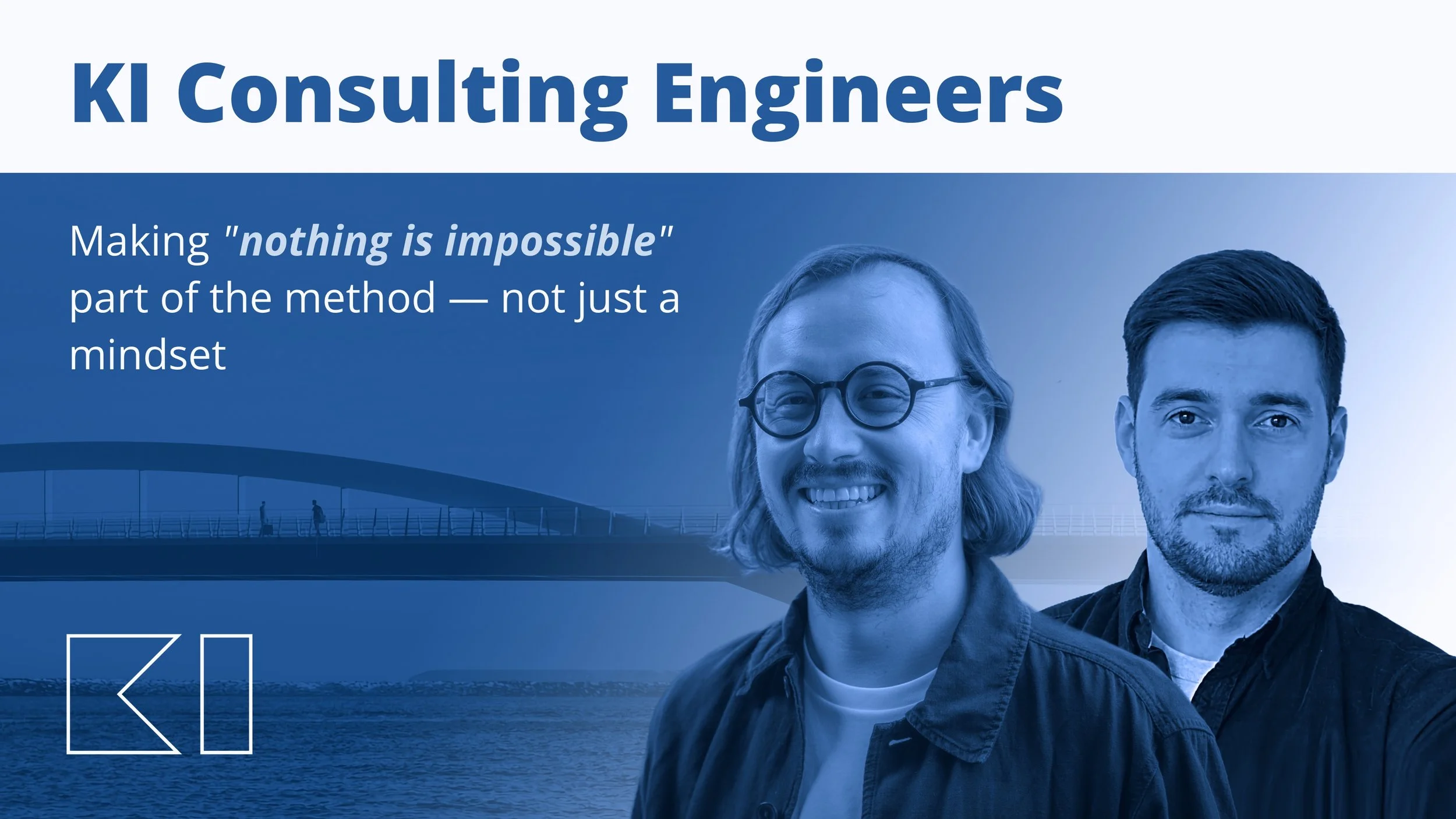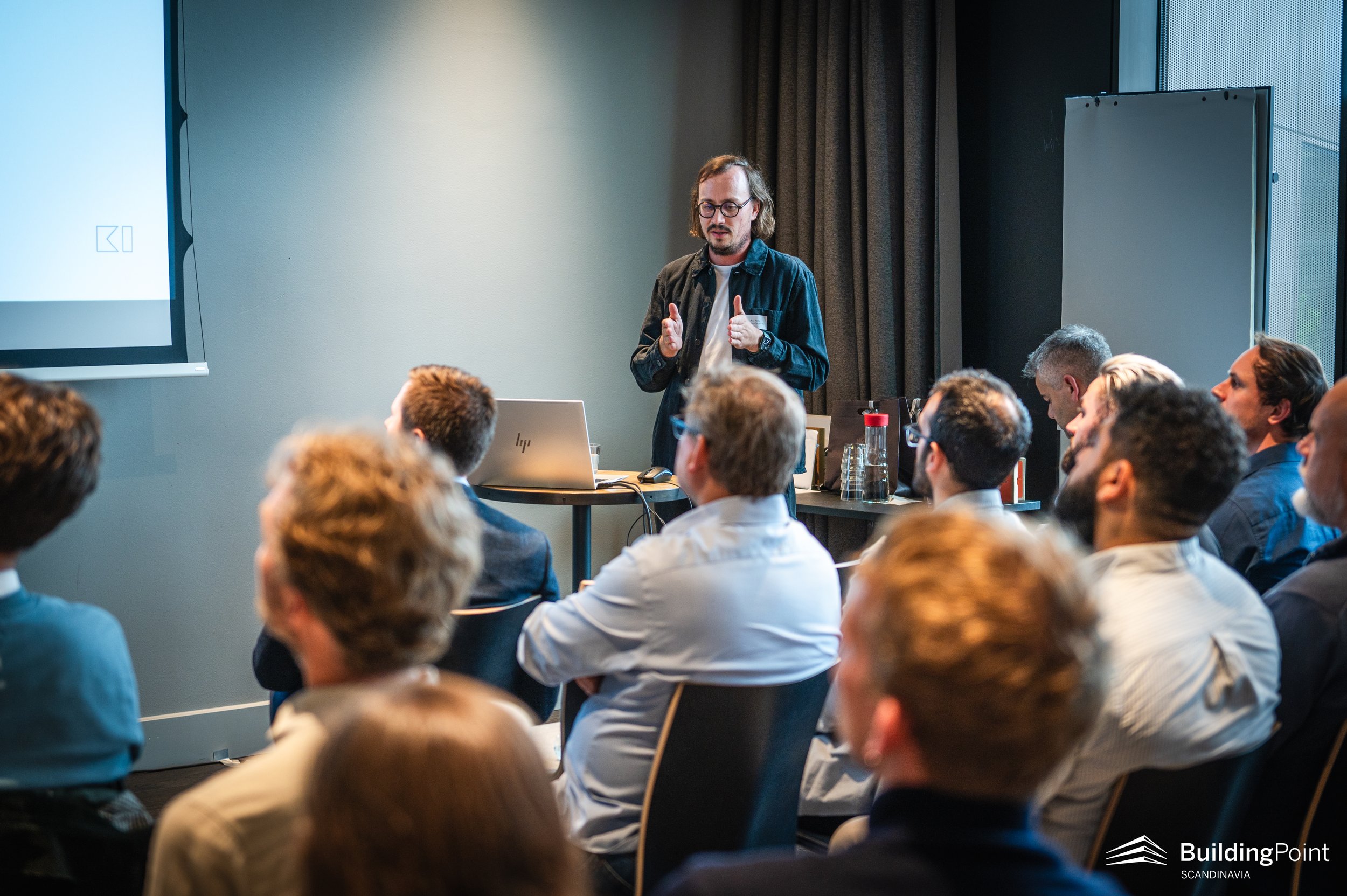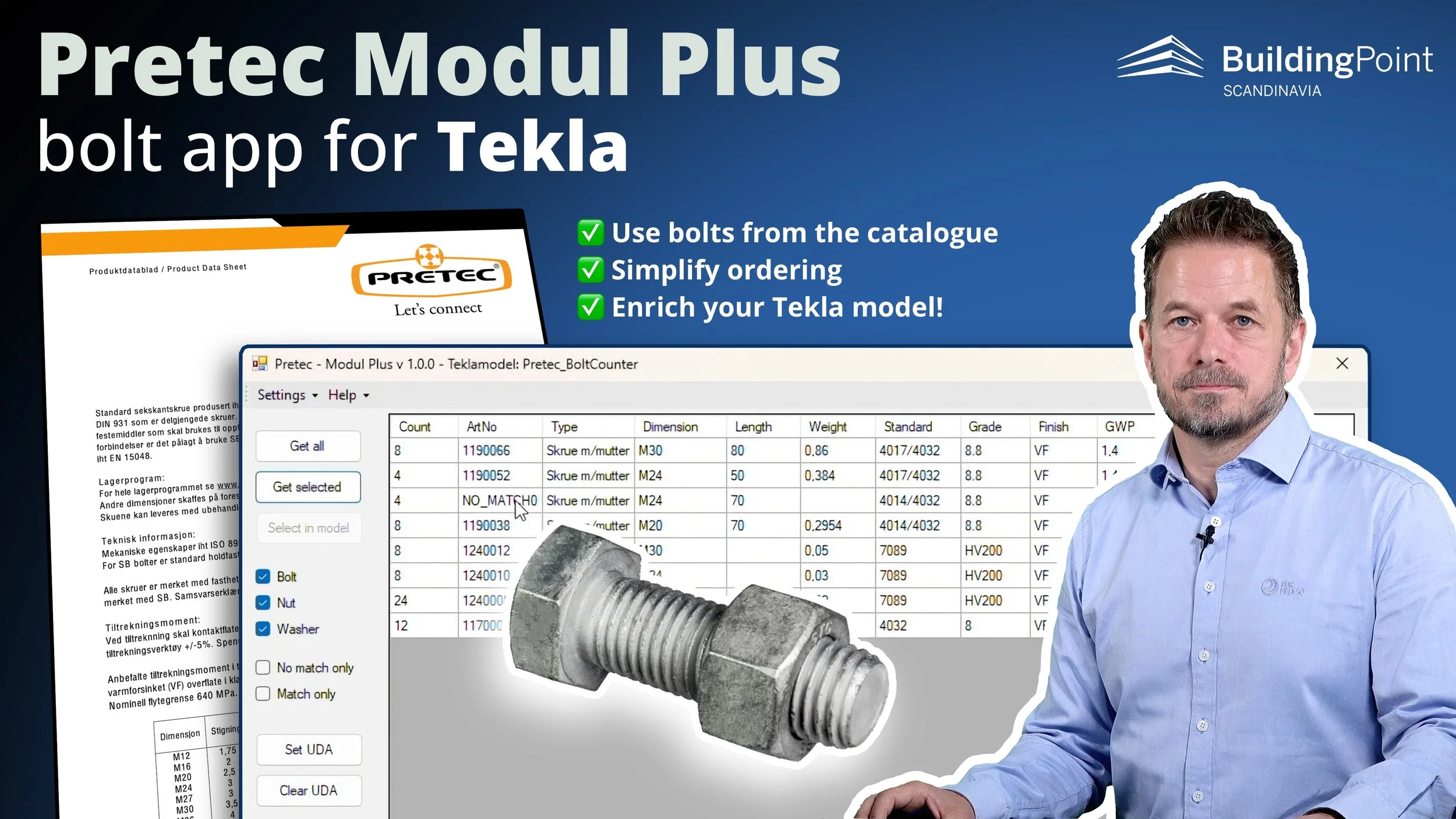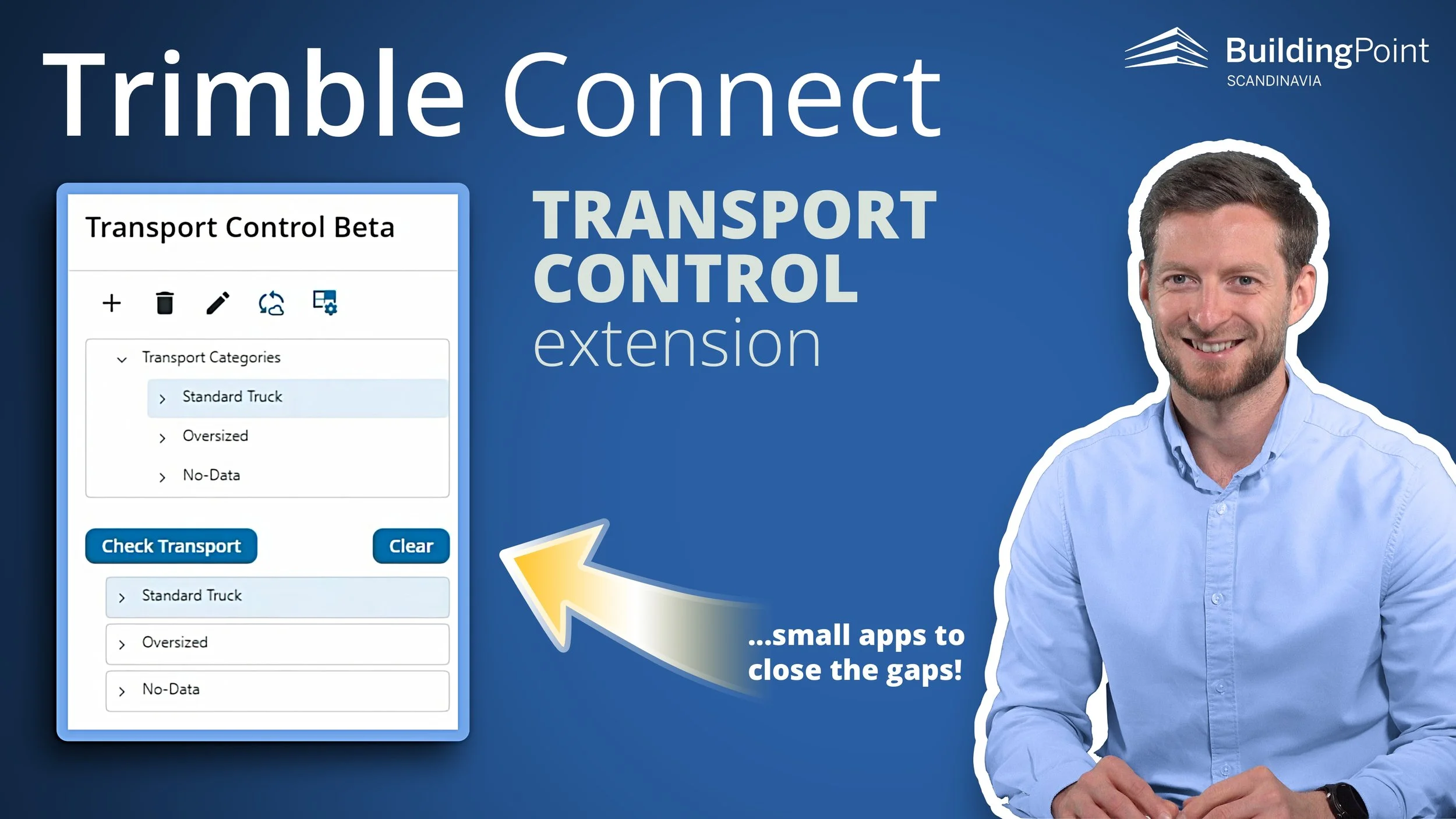KI Consulting Engineers: Making “nothing is impossible” part of the method, not just a mindset
Modern structural engineering means handling tighter timelines, more complex geometries, and high expectations for transparency. For KI Consulting Engineers in Copenhagen, delivering under these conditions requires more than just technical expertise — it takes flexibility, judgment, and tools that support confident decisions without slowing the team down.
In a conversation with structural engineers Stefan Kondic and Nuno Martins, they reflect on the daily challenges of structural design — and how their team pairs a “nothing is impossible” mindset with the methods and tools needed to deliver trusted results.
Complex structures, compressed timelines
“Time pressure is always there,” says Nuno Martins. He explains that close collaboration with architects and contractors is a natural part of their work — and something the team sees as a strength. Rather than waiting for finalised inputs, KI is often involved early, helping to shape and test structural options alongside other disciplines.
“We have kind of a mindset in the office — we say ‘nothing is impossible’,” Nuno adds. “If an architect asks us for something, we’re not going to say that’s impossible. We’re going to say: Let’s look into it, let’s see how we can make this work!”
KI’s workflow combines Tekla Structures with a range of analysis tools: Mathcad and spreadsheets for quick checks at one end, and general-purpose FEA for more complex cases.
VIDEO: Short interview with Nuno Martins at KI Consulting Engineers after the IDEA StatiCa User Meeting in Denmark
“But sometimes it’s hard to justify that amount of hours needed for a full FEA analysis to solve a problem,” Nuno says. “If it’s a super complex assignment, then yes — the client understands. But for a more regular case, it would make us less competitive.”
That’s where IDEA StatiCa fits in — addressing the gap where spreadsheet checks fall short, but full FEA simply takes too long.
“
If an architect asks us for something, we’re not going to say that’s impossible. We’re going to say:
Let’s look into it — let’s see how we can make this work.
- Nuno Martins, KI Rådgivende Ingeniører
Concrete example: applying IDEA StatiCa beyond steel connections
IMAGE: Telecom mast foundation. Image courtesy of KI Consulting Engineers
A recent telecom project illustrates the approach. The structure was a 48-metre mast with three supporting legs, each connected to a concrete pedestal using a circular base plate and seven cast-in anchors. Under wind load, each pedestal needed to resist over 1300 kN in tension and 56 kN in shear.
Using Eurocode breakout checks with unreinforced concrete, the design failed. But the actual detail included reinforcement specifically placed to control cracking and carry those loads.
“Our team exported the base plate and anchor layout from IDEA StatiCa Connection to Detail,” Stefan explains. “Then our team added the reinforcement — stirrups, edge bars, diagonal bars — and ran the full analysis.”
The result was a verified design with a visual understanding of how forces transferred into the concrete. No full FEA model was needed — and the team could deliver the check with confidence.
Webinar
See the full workflow demo of the analysis and verification of a telecom mast anchoring system!
Integrated workflows and custom solutions
KI’s ability to work fast and stay accurate isn’t just about the tools they use — it’s about how well those tools work together. The team relies on integrations like Checkbot, IDEA StatiCa’s link between Tekla Structures, global FEA tools, and connection analysis.
“For a lot of projects, the Checkbot integration was a game changer in the number of hours we spent,” Stefan says. “It definitely saved a lot of time — especially now that it’s more developed.”
In-house development
But KI doesn’t stop at what comes out of the box. They’ve also built their own tools using open APIs, connecting their analysis and BIM software to streamline everyday tasks and reduce the chance of errors between teams.
“We’re always looking at what’s out there,” Stefan adds. “New tools open up better ways of working — not just out of the box, but through smarter integration.”
SLIDES: KI Consulting Engineers’ bulk connection design proces as presented at the IDEA StatiCa User Meeting in 2025.
Parametric design: A stepping stone towards efficient use of AI
As new technologies like AI gain attention, KI is watching the developments closely — but always with a practical mindset. Parametric design is already a well-established part of their workflow, particularly in projects with complex geometry, and something they’ve actively developed over time.
“We’ve used parametric design in several projects,” says Nuno. “It helps us move quickly and explore options — as long as we’re clear on what we’re trying to achieve.”
A great example is the new pedestrian footbridge at DTU Lyngby Campus — a visually minimal structure with no intermediate supports. KI used parametric modelling to iterate structural options quickly, enabling close collaboration with the architects and timely delivery despite a tight construction schedule.
IMAGE: Evolving parametric methods at KI:
Global model parametric modelling with Dynamo, Python & Excel VBA. Connections Parametric templates connection library & API and some Parametric modelling with Grasshopper/Rhino and Karamba.
Experience with parametric modeling also puts KI Consulting Engineers in a strong position to approach AI in a meaningful way.
With a clear understanding of structured, rule-based modelling, they’re able to evaluate where AI might genuinely support their work.
“We still need to define the right problem before we automate anything,” Stefan points out. “That’s the hard part — and that’s not going away…”
“
For a lot of projects, the Checkbot integration was a game changer in the number of hours we spent, it definitely saved a lot of time.
We’re always looking at what’s out there. New tools open up better ways of working — not just out of the box, but through smarter integration!
- Stefan Kondic, KI Consulting Engineers
A growing community
After more than five years with IDEA StatiCa, it’s become a steady part of KI’s workflow — supported by responsive support and ongoing improvements.
IMAGE: The team at KI Consulting Engineers has contributed to industry conferences across the Nordics in recent years, sharing practical insights from real projects. These presentations help accelerate the adoption of best practices in structural engineering — and reinforce KI’s reputation as an innovative partner in complex construction projects.
The growing community around IDEA StatiCa also matters, says Stefan:
“It’s great that BuildingPoint Scandinavia is arranging these user meetings for IDEA StatiCa and Tekla users — bringing the community together to share experience and get inspired by how others work.“
In the end, the team agrees, it’s not about chasing trends or relying on one perfect tool — it’s about using the appropriate tool at the right time.
For KI, IDEA StatiCa fills a real gap, helping them tackle complex challenges with the confidence, clarity, and speed today’s projects demand.
It helps KI apply their “nothing is impossible” mindset — and deliver on it.
About KI Consulting Engineers
KI Rådgivende Ingeniører provides structural engineering consultancy services in Denmark and internationally. Their core expertise lies in structural design and the development of efficient, reliable structural systems.
Specialising in steel, concrete, and timber structures, KI combines technical depth with modern, BIM-based workflows to deliver robust, buildable solutions.
Innovation is a key part of the company’s culture. Tekla Structures, IDEA StatiCa, and other industry-standard tools are integrated throughout their process — from early concept development to detailed design. In addition, KI has developed its own custom tools using open APIs to improve collaboration and reduce manual work. Together, this toolchain supports both speed and confidence in complex projects.
Visit their website >
OTHER ARTICLES


















